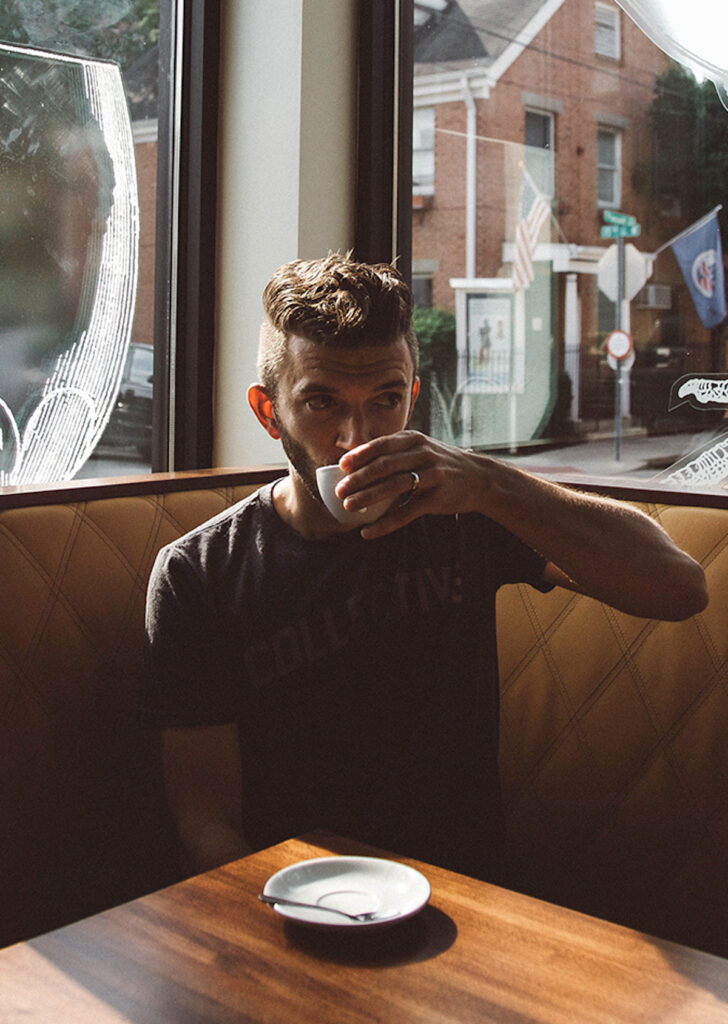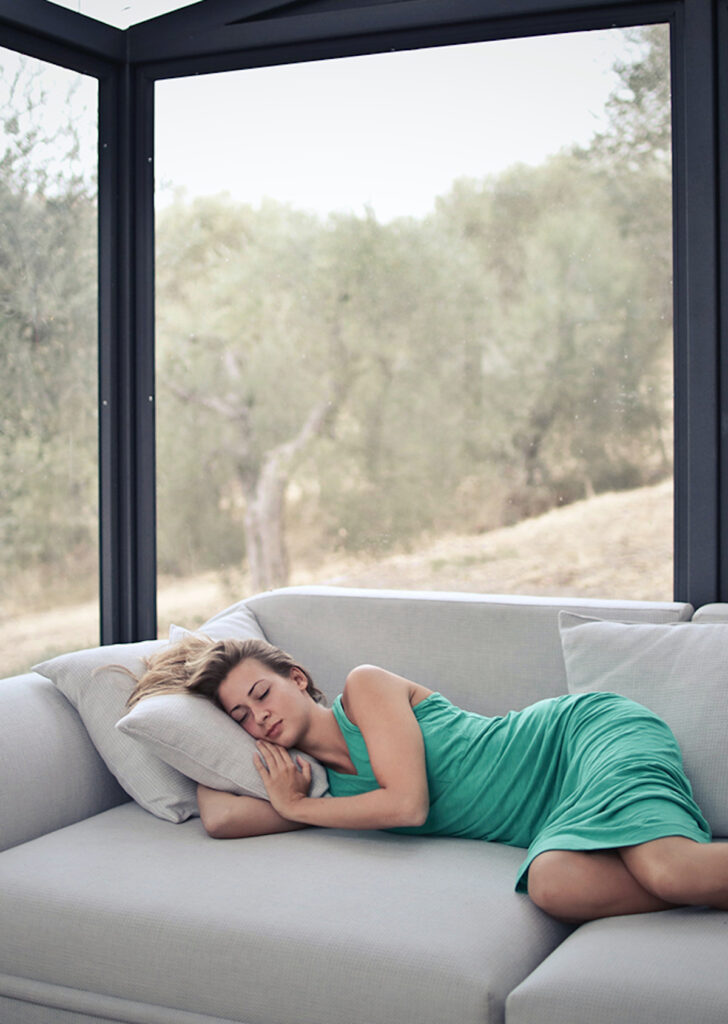Have you ever wondered how much caffeine is in decaf coffee? If you thought decaf coffee was completely decaffeinated… we have some news for you! In this article, we will be talking about the amounts of caffeine in decaf coffee so you know exactly what to expect from your decaf coffee beans.
DISCLAIMER: THIS WEBSITE DOES NOT PROVIDE MEDICAL ADVICE The information, including but not limited to, text, graphics, images and other material contained on this website are for informational purposes only. No material on this site is intended to be a substitute for professional medical advice, diagnosis, or treatment. Always seek the advice of your physician or other qualified health care provider with any questions you may have regarding a medical condition or treatment and before undertaking a new health care regimen, and never disregard professional medical advice or delay in seeking it because of something you have read on this website.
We hope this article is good for coffee lovers that want the health benefits coffee has to offer, but with fewer caffeine concentrations.
Whether you’re trying to consume less caffeine or want to join your friends and family in a social outing but it’s too late for a regular caffeinated drink, decaf coffee is a great option for those who want to drink a delicious coffee without altering their energy levels.
Still, decaf coffee is not 100% decaffeinated. But don’t worry, it’s still got pretty minimal amounts of caffeine!
Decaffeinated coffee does have a residual caffeine content, typically in the range of 2 – 7 milligrams of caffeine, depending on the decaffeination process and the natural caffeine levels of the type of coffee bean. For comparison, this is around 97% less caffeine than the typical cup of coffee.
So, as you can see, caffeine levels are very low, and overall it’s a safe amount for even non-coffee drinkers. Interesting, right?
There are many different factors that come into play when figuring out how much caffeine is in your morning cups of coffee, like using Arabica beans vs. Robusta beans, the type of coffee such as cold brew or Americano, etc.
Now, you’re probably wondering how coffee is decaffeinated. Let us tell you in advance, it’s pretty interesting to learn about!
Here are the three methods of decaffeination so you can get a better understanding of how decaf coffee is made.
Three methods of decaffeination
In general, both decaf and caffeinated coffee is grown and harvested the same way. So, in a way, decaf coffee begins as green coffee beans, just like regular coffee.

Each decaffeination method takes place using green coffee beans, before any roasting process happens. This is great news if you are a coffee lover who likes to roast or grind coffee beans yourself. Here’s what happens to make decaf coffee beans:
Swiss Water process
Since this process uses pure water instead of chemicals, organic coffee processed this way is still considered organic in its decaffeinated form. Here’s what happens:
- The green coffee beans are cleaned then soaked in water to rehydrate them.
- While soaking, the caffeine migrates out of the bean into the water by a natural movement from osmosis, where a chemical moves from an area of high concentration to low concentration. The water around the beans is continually replaced to maintain this movement of caffeine out of the green coffee beans.
- When the caffeine content of the beans is low enough, they are dried and packaged as decaf coffee beans.
This means that even though caffeine levels are different depending on the type of bean, they are all processed to the small amounts of caffeine.
Decaffeination with chemical solvents
Solvent extraction techniques are the most common methods of decaffeinating coffee. They follow the same idea as in the Swiss water process, only using ethyl acetate or methylene chloride instead of water to extract the caffeine from the coffee beans.
The use of chemical solvents naturally raises the question of whether this is just trading the side effects of caffeine for the health risks of the chemicals.
Ethyl acetate is a natural fruit ether made from acetic acid – the main component of vinegar. While it is found naturally, much of the ethyl acetate used in massive quantities for industrial-sized production is created synthetically. Ethyl acetate has its own distinctive sweet smell, changing the odor and taste of the final product with the addition of these fruity notes.
Methylene chloride doesn’t change the flavor, but since it is also used as a paint stripper and degreaser it just doesn’t sound like something you’d want even trace amounts of in your decaf cup of joe.

The United States Food and Drug Administration puts the risk at “essentially non-existent”. What does this mean? The FDA allows up to 10 parts per million of residual methylene while the solutions used in the decaffeination process are usually around 1 part per million.
While it may be safe, our personal preference is for a more natural process.
Compressed CO2
This process uses liquid carbon dioxide under high pressure to extract the caffeine. Carbon dioxide is a natural chemical found in our air and water, though for uses like this it may have been collected as an industrial by-product.
Fun fact – most coffee decaffeination is carried out by specialized companies that then sell the decaffeinated beans to the different brands and coffee shops that sell decaf coffee to the consumer.
Why drink decaffeinated coffee?
While there are known health benefits to drinking coffee since caffeine is a central nervous system stimulant it can have a detrimental effect on people with caffeine sensitivities or particular health conditions. You can find out everything you need to know about the effects of caffeine in this article.

Still, some people prefer decaf coffee, as regular coffee causes stress and/or reduces their quality of sleep, and overall produces unwanted side effects.
1. What are the dangers of drinking decaf coffee?
If you have a caffeine sensitivity, take prescription medications that warn against caffeine consumption or have any medical conditions that can be exacerbated by caffeine, then it’s very important that you understand that there is still a small amount of caffeine in decaf coffee. You’d have to drink at least ten or more cups of decaf to reach the same level caffeine consumption as regular coffee, but when how much caffeine intake becomes too much depends on the individual.
2. Is there any coffee that is 100% decaf?
No decaf coffee process can claim 100% of caffeine removal, but Swiss Water certified decaf beans are 99.9% caffeine free, which is pretty darn close. Decaffeinated instant coffee will have come from beans that have gone through one of these same processes so it may still have a little caffeine in it.
Let’s not forget that caffeine is not only found in coffee, but also other foods and drinks, so if you’re trying to avoid caffeine at all costs, you need to take a look at your entire diet.
This is all for today! What do you think about this information? Did you learn anything new? Let us know in the comments!
